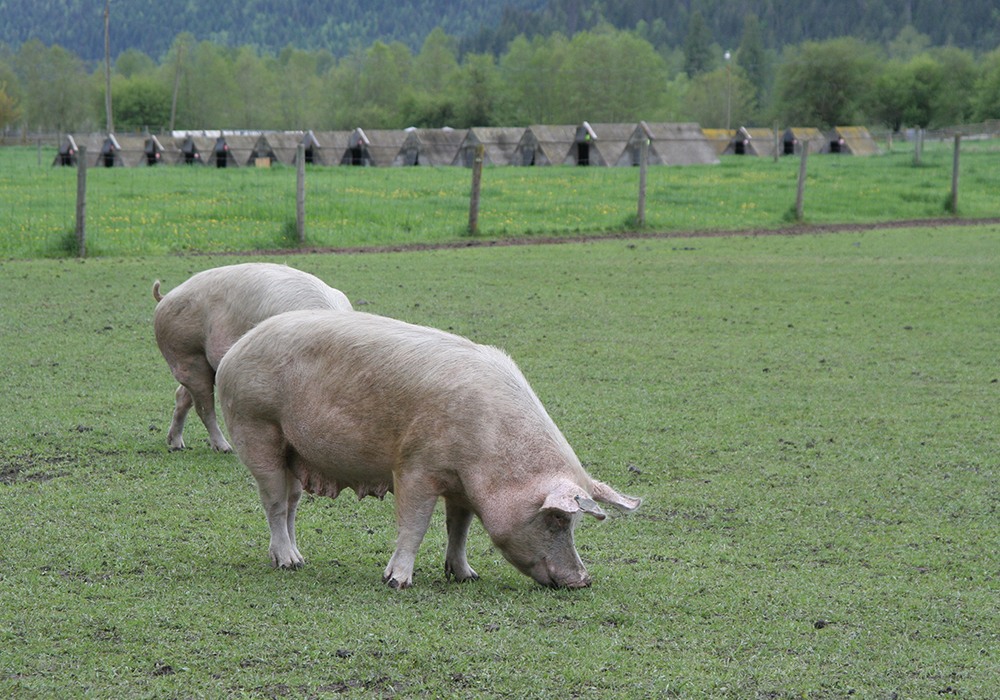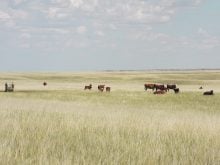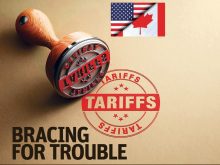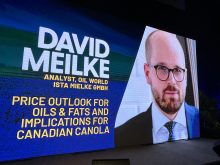Linking consumer food demands to compensation risks putting industry sustainability on shoulders of uninformed public
In surveys and research, consumers often indicate they want dairy cows to have pasture access, pigs to be in loose housing and chickens to have freedom of movement.
Whether consumers are willing to pay more for food produced in ways they say they want is another matter.
On farmers’ part, they often say that if properly compensated for raising animals in certain ways, they would do so.
It seems like an impasse and it’s also a dangerous place for animal agriculture, said University of British Columbia animal welfare professor Marina von Keyserlingk.
Read Also
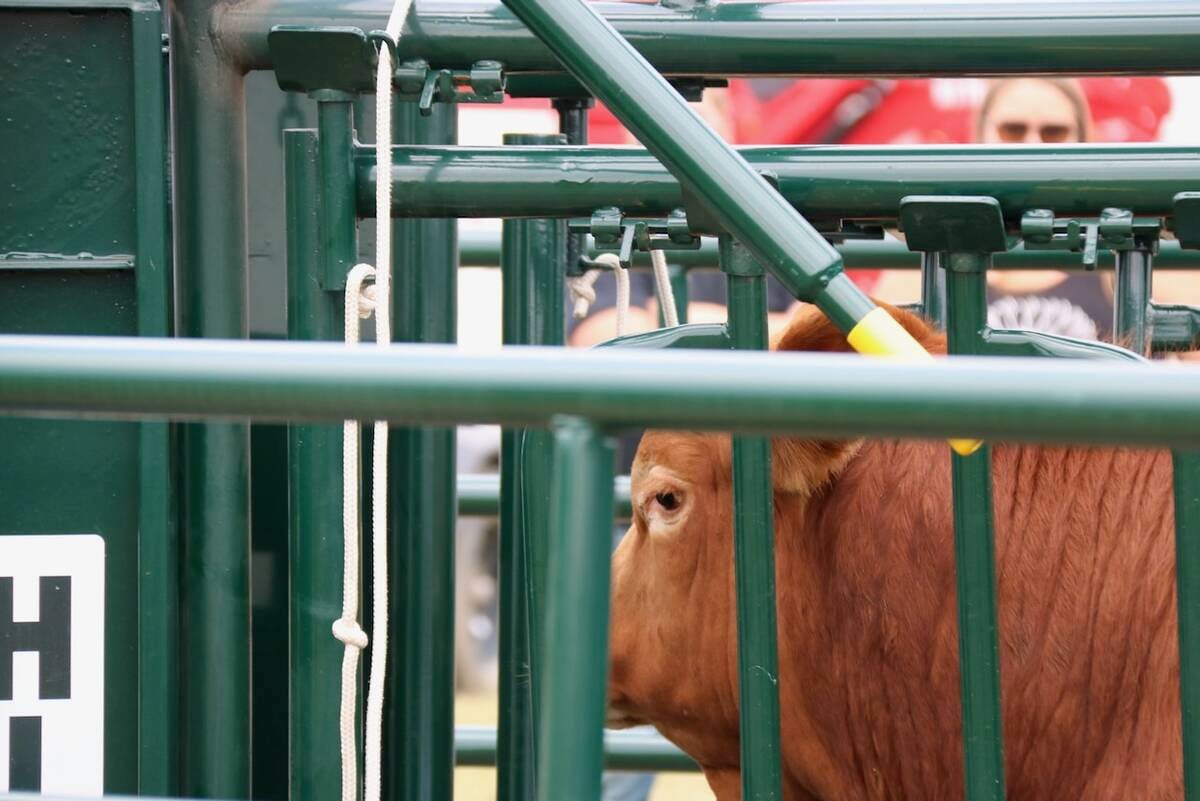
Good handling equipment a must on cattle operations
It’s important for the safety of producers and everyone else dealing with their stock that handling equipment is functional and safe.
“If agriculture waits for the consumer to pay before they change, what they’re doing is putting the sustainability of their industry on the shoulders of an uninformed but super important client,” she said.
Studies show consumers make buying choices for simple reasons.
“When the consumer goes into the grocery store, the majority of decisions are based on price. It makes total sense that it is. The 99 percent of the people that walk into the grocery store have no idea how we produce food. What they do know is what price is. …
“However, if you talk to that person outside of the grocery store, they’re no longer a consumer. They are now a citizen. And a citizen brings to the table their values. It doesn’t mean that they are in favour of battery-caged hens because it’s cheap.”
One questioner during a National Farmed Animal Health and Welfare Council webinar wondered why farmers should be compensated for doing what is required to retain public trust in livestock production.
Barbara Cartwright, chief executive officer of Humane Canada, the Canadian Federation of Humane Societies, said her organization realizes there are costs involved in changing practices. Government funding is a potential solution, she said.
“For example, if we want to move to group housing from a confinement system on-farm, then it is an enormous investment on behalf of that farmer. And so we have some different opportunities. We can wait until the system has to be naturally replaced. That can take a long time, sometimes. The public isn’t willing to wait, and so that’s a place for government to step in and provide the funding for the farmer to switch over to the new group housing system much sooner and that then meets the public need.
“From our perspective it meets the animal welfare needs and then from the farmers’ perspective, it meets their need to stay in business, which is also important.”
Rene Roy, a pork and dairy producer, pointed out the dangers of imposing requirements on Canadian producers. The expense of making the changes consumers say they require in terms of animal welfare could be unmanageable.
“We may lose a sector and consumers will have to supply themselves from other countries who do not have these rules in place. So in fact what will happen is that they will allow others to feed them without the rules that they have set for themselves,” Roy said.
Von Keyserlingk reiterated the risks to the farm sector if animal welfare is dictated by legislation rather than discussion, compassion and collaboration.
She noted a ballot proposition in California that would have all chickens housed where they could fully extend their wings. Egg farmers spent millions opposing the bill, but it passed with 68.5 percent voting in favour.
In terms of animal welfare, the proposal is not unreasonable, she said. That is why it is vital that the animal agriculture industry set its own minimum standards.
“The general thoughtful person on the street doesn’t expect agriculture to absolutely turn everything upside down overnight. What they expect, though, is that agriculture try to get better every day and be transparent about that. And those are two very different things.”


